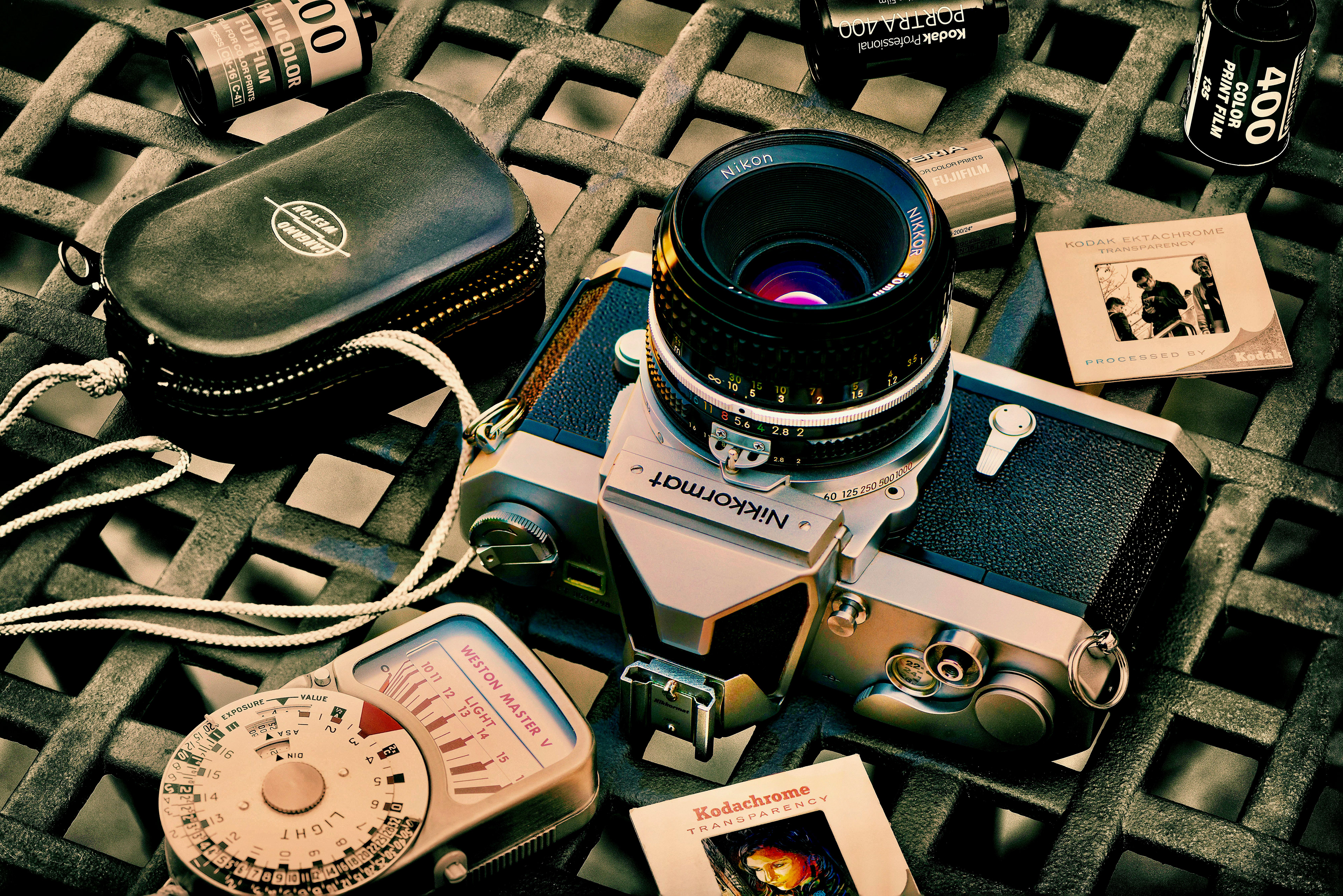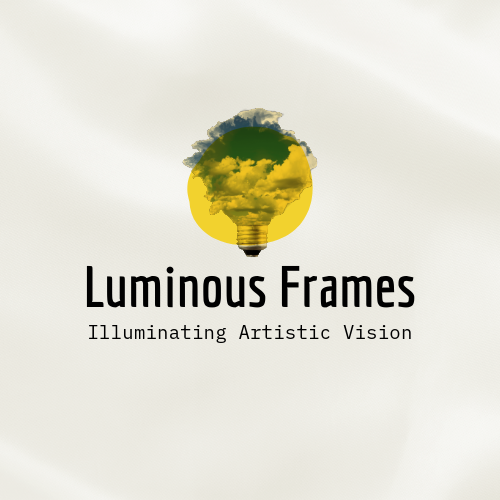How to Select a Film Camera
A Guide for Analog Enthusiasts
In an age dominated by digital photography, film cameras offer a nostalgic and tactile experience that many photographers find irresistible. Whether you're a seasoned professional or a budding enthusiast, choosing the right film camera can open up a world of creative possibilities. Here’s a guide to help you select the perfect film camera for your needs.
1. Determine Your Photography Goals
Before you start shopping, consider what you aim to achieve with your film photography:
Casual Photography: Simple, user-friendly cameras for everyday shots.
Street Photography: Compact and discreet cameras for candid moments.
Portrait Photography: Cameras with great lens options for beautiful depth of field.
Landscape Photography: Cameras that provide high detail and dynamic range.
Experimental Photography: Cameras that allow for creative techniques like double exposures or pinhole photography.
2. Types of Film Cameras
Understanding the different types of film cameras will help you choose the right one:
35mm SLR (Single-Lens Reflex) Cameras:
Pros: Interchangeable lenses, manual controls, reliable.
Cons: Bulky compared to point-and-shoot cameras.
Ideal For: Versatility across various photography styles.
Rangefinder Cameras:
Pros: Compact, quiet, and great for street photography.
Cons: No through-the-lens viewing, parallax error at close distances.
Ideal For: Street and travel photography, where discretion is key.
Point-and-Shoot Cameras:
Pros: Easy to use, compact, automatic settings.
Cons: Limited manual controls, fixed lenses.
Ideal For: Casual photographers and those new to film.
Medium Format Cameras:
Pros: Superior image quality, larger negatives.
Cons: Expensive, bulkier, more complex to use.
Ideal For: Professional work, landscape, and portrait photography.
Pros: Instant gratification with physical prints.
Cons: Expensive film, lower image quality.
Ideal For: Fun, social events, and instant art projects.
Pros: Creative effects, unique image qualities.
Cons: Unpredictable results, limited controls.
Ideal For: Experimental photography and artistic expression.

Michael Hodgins
3. Key Features to Consider
Lens Quality:
Look for cameras with high-quality lenses. For SLRs and rangefinders, the ability to use a variety of lenses is a significant advantage.
Manual Controls:
Having the option to manually adjust settings like aperture, shutter speed, and focus allows for greater creative control.
Build Quality:
Older cameras were often built to last, but check for wear and tear. Metal bodies generally offer more durability than plastic ones.
Metering:
Built-in light meters are handy for achieving proper exposure, though you can also use external light meters or smartphone apps.
Ease of Use:
Consider whether you prefer full manual control or the convenience of automatic settings.
4. Film Formats
35mm Film:
The most common and versatile format. Widely available and relatively affordable.
120 Medium Format Film:
Offers higher resolution and image quality. Suitable for professional work but more expensive and less portable.
Instant Film:
Provides instant prints. Fun and nostalgic, but the film can be pricey.
5. Budget Considerations
Vintage film cameras can range from very affordable to quite expensive. Factor in the cost of film, developing, and any necessary accessories (like lenses, flashes, or carrying cases). Here are some budget ranges:
Entry-Level: $50-$150 for basic 35mm point-and-shoot or SLR cameras.
Mid-Range: $150-$500 for higher-end SLRs, rangefinders, and medium format cameras.
High-End: $500 and above for professional-grade equipment and collectible models.
6. Research and Try Before You Buy
Read reviews, watch videos, and join photography forums to gather information. If possible, visit a camera store or find a local camera club where you can handle different models and get firsthand advice.
Conclusion
Selecting a film camera involves understanding your photography goals, exploring different types of cameras, and considering key features that match your needs. Whether you’re drawn to the versatility of a 35mm SLR, the compactness of a rangefinder, or the superior image quality of medium format, the right film camera can enhance your creative journey. Embrace the unique qualities of film photography and enjoy the process of capturing moments in a timeless medium.
